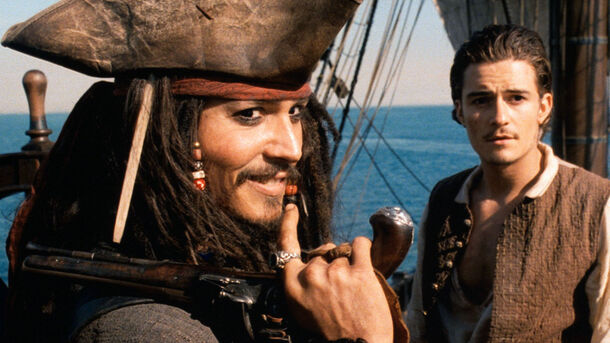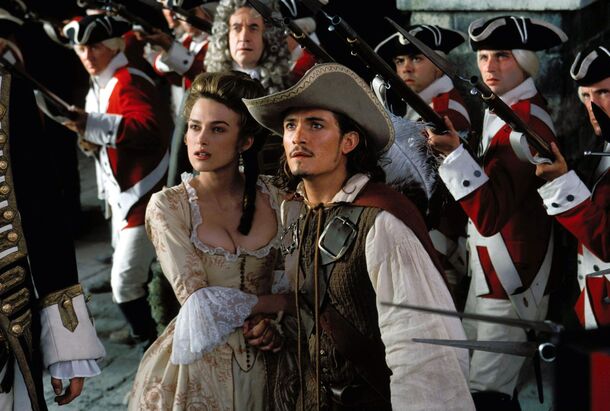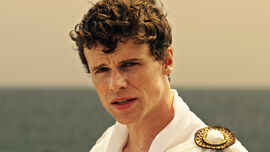Before the Franchise, There Was This Perfect Pirate Film — Revisiting 'The Curse of the Black Pearl'

Swashbuckling origins, cursed gold, and a pirate with no ship.
Few expected a theme park-inspired film (yes, it was originally a Disneyland ride) to become a modern classic — but that’s exactly what happened, when Pirates of the Caribbean: The Curse of the Black Pearl hit theatres. Part ghost story, part adventure romp, part Johnny Depp fever dream, the film redefined what a pirate movie could be.
Directed by Gore Verbinski, the film was shot in a patchwork of dazzling locations — from the blue waters of St. Vincent and the Grenadines in the Caribbean to the sets of Walt Disney Studios in California. That tangible, sun-soaked texture gave the world of Port Royal and the high seas a sense of dusty, weathered realism — a rare thing in big-budget fantasy.
But it wasn’t just the settings. The story had surprising emotional weight. While Depp’s Jack Sparrow stole scenes (and hearts), the plot’s supernatural engine turned on the bloodline of Will Turner, whose mysterious heritage was key to lifting the curse on the titular Black Pearl. For those wondering — yes, it’s Turner blood because only the descendant of a pirate who took the cursed Aztec gold could return it and break the spell.

The movie premiered in July 2003, surprising critics and audiences alike. What many feared would be a theme park cash-in quickly proved to be one of the most entertaining action films of the decade. Redditor mynameisevan summed it up perfectly: "It really is one of those movies that’s just kind of a perfect movie."
Two decades later, The Curse of the Black Pearl hasn’t lost its charm. Whether it’s the swashbuckling action, the haunting music, or simply the joy of watching Jack Sparrow stumble his way through genius, the film remains endlessly rewatchable. As WollyGog put it on Reddit: "It doesn't matter what point of the movie it's on when on normal TV, I have to sit and watch it." Some treasures just don’t lose their shine.
